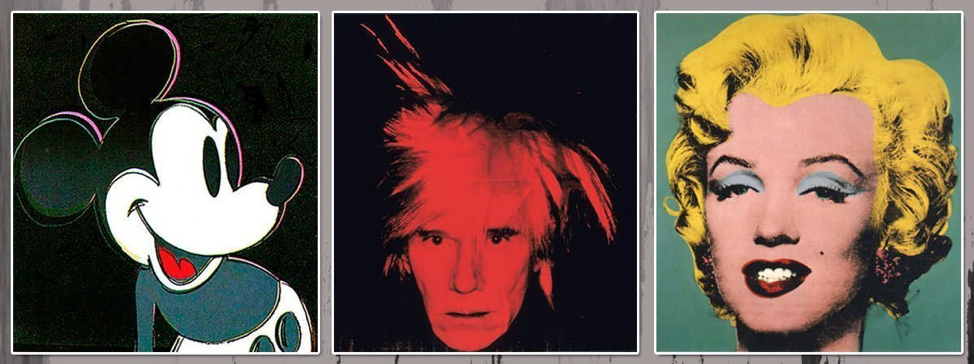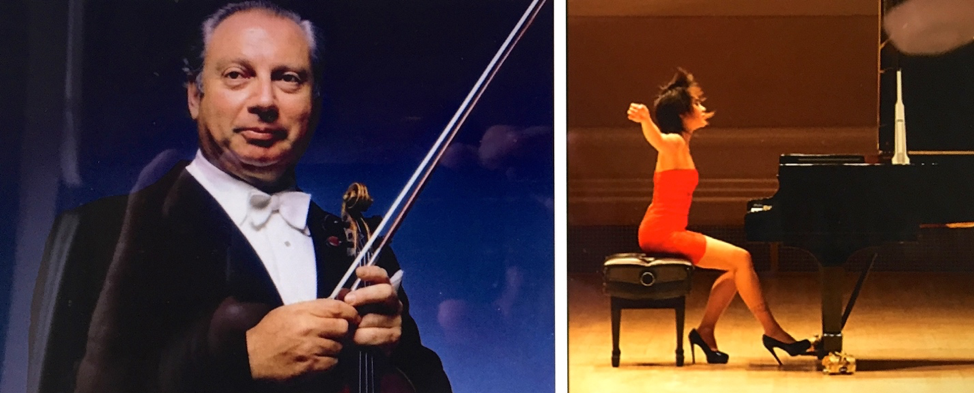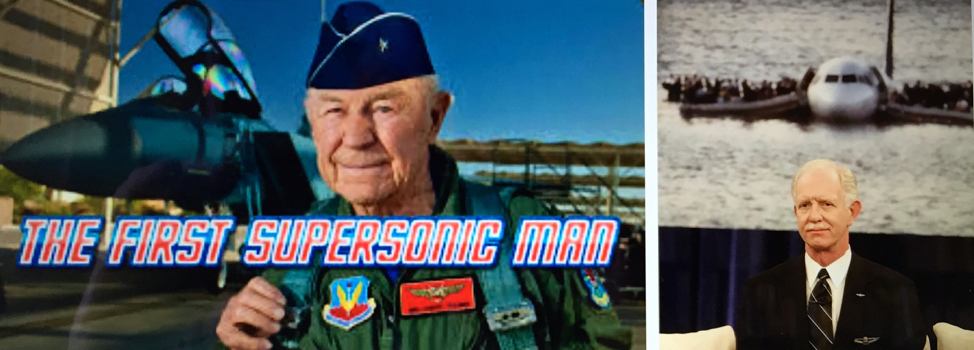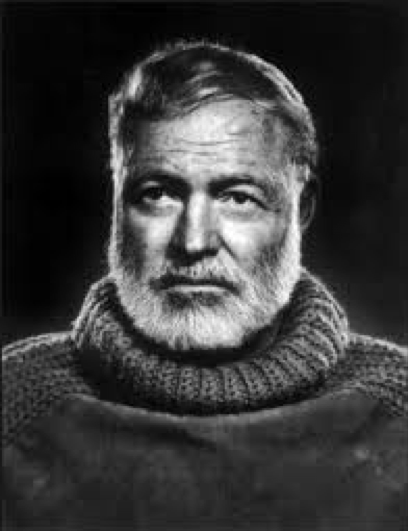I’ve been thinking about generational differences lately and how each generation anchors itself with a set of creative icons, go-to figures, that serve as reference points on a timeline of cultural awareness.
What do you say or who do you think of when people ask you for your favorite movie, book, painting, or rock group? Who’s on that playlist? What music pops to mind? What paintings do you think of? What writers do you refer to and re-read? How you answer those questions most likely depends on the artistic/creative imprinting of your generation.
The writers that became my anchors are the icons of the Lost Generation – Hemingway, Fitzgerald, and John Steinbeck. They were the writers who were esteemed when I was an impressionable college student. Later, came the Redford and De Niro films, the Warhol paintings, Dylan, the Beatles, and the Grateful Dead, the personalities of my cultural soundtrack and the touchstones that still have a grip on me today.

So, what do these cultural anchors say about us? Do we consciously choose them as role models? Do our choices mean we were formed and remain locked in a fixed time frame? No, we didn’t consciously decide to stop growing when we found our benchmarks but they were a way we grounded ourselves as we grew into our own personal histories.
Over time, there is a natural “sort and select” process that allows some figures to rise and endure while others, prominent in their time, sink out of sight. Eventually, those that endure become classics – Mark Twain and J.D. Salinger, Winslow Homer and Andy Warhol, Louis Armstrong and Elvis, Josephine Baker and Meryl Streep, but every day that passes others emerge. Who’s next? Ed Sheeran, Madhuri Vijay, Saoirse Ronan?
The point is not that we’ve stopped reading new writers, viewing new art, or listening to new music. Our benchmarks aren’t signs of arrested development, but snapshots on our cultural timelines. I know, for instance, that I haven’t paid the same kind of attention to hip-hop as I have to rock or country. I was weaned on Bob Dylan and astonished to discover recently that Run-DMC hit the pop scene and captured a Grammy almost 40 years ago while I was parsing Dire Straits’ lyrics. It was a fork in the road, and I missed the hip-hop turn off.
I don’t mean that the generations are siloed, but tastes change and I want my kids, grandkids, and greats to know the classics from the Iliad and Odyssey to Bohemian Rhapsody just as I want to sample and understand graphic novels and conceptual art. I know the kids are more likely to remember Lady Gaga or Beyoncé than Paul Simon or Billy Joel but that’s all in the process of generational change.
Styles change in the arts just as in fashion. I benchmarked an Isaac Stern concert when I was in college. Sitting in the second row for the Tchaikovsky Violin Concerto, I watched the strands of his horsehair bow fly apart and wondered if the final filament would separate before the end of the third and final movement. It was an epic moment in my musical education, but last summer, 60 years later, at Tanglewood, I watched and listened just as attentively as Yuja Wang, one of today’s superstars rehearsed the Brahms’ Piano Concerto. The music of Brahms and Tchaikovsky is timeless, but performance styles have changed in my lifetime.

Professionally, it has been the same. I was 10 years old when Chuck Yeager broke the sound barrier in the Bell X-1. 13 years later I was flying 1000 mph in an F8 Crusader off the California coast. Two years after that, I called Air Traffic Control to report a streaking contrail in the early evening sky high above me. I was at 44,000’ and there wasn’t a airplane, military or commercial that could fly higher. That contrail turned out to be Neil Armstrong in the X-15 on a secret test. Then there was the moon shot, the moon walk, the space shuttle and space station. Time flies.
I’m not in the aviation business any more, but the benchmarks left by Yeager and Armstrong remain, though we continue to add new ones. I added one in 2009 when Sully Sullenberger landed his Airbus 320 on the Hudson River and saved the lives of all 155 souls on board. Sometimes, a combination of skill, training, and a smattering of good luck is all it takes to create a “Miracle on the Hudson” and give us another solid benchmark.

I’ve shared some of my benchmarks; what are yours? What was your favorite movie, book, or piece of art? How did they help shape your taste in later life? It’s worth the trip to revisit your benchmarks and test them against your taste today. They are part of who you were and who you have become.

































How do you manage to be so thoughtful? When I read your ruminations I feel like I’ve been asleep for 86 years….and counting.
In any case, in no point in my life have I had a favorite movie or piece of art. Must be something awry in my cranium. For music, no problem: the Sibelius 2nd Symphony. For books, no problem either – I’ve read Great Expectations three times.
For people: gimme Einstein and Nelson Mandela.
Sorry Jack, I can’t leave you with one favorite or benchmark. I’ve gone through life with no heroes or heroines, favorite authors, musicians or anything else. I just move with the times and enjoy whatever is on my plate or whatever my ear and heart responds to until the next wonderful creation or feat comes along. There’s so much choice in life I can’t allow anyone to pick what I should like or determine as important or a classic. That’s not to say I miss anything as I have no horizon’s or limits and have explored or done most everything a human can within my fear or patience levels. I was never a great student as I always figured my own empirical approach to life wouldn’t be limited to whatever someone else’s curriculum was. Good read as usual and just responding to your request for opinions.